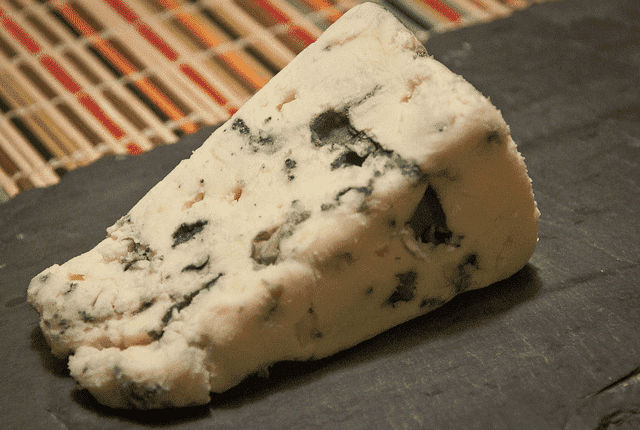It’s perhaps the stinkiest cheese in the world right now, after molding at the bottom of a shipwreck for centuries.

The royal warship the Kronan suffered a dire fate in 1676, sinking to the bottom of the Baltic, off the coast of Öland. The shipwreck was discovered in 1980, and almost 30,000 artifacts have been recovered since. Many of them were in excellent shape, preserved by the clay around the shipwreck.
Most recently, archaeologists have uncovered a stinky surprise which might tell us a bit about the culinary taste of the 17th century Swedes. According to Lars Einarsson, the dive’s lead archaeologist, the stench was reminiscent of yeast and Roquefort – a type of blue cheese. Einarsson said he thinks it smells intriguing, but it really shouldn’t be tasted.
“It’s been in the mud, so it’s reasonably well preserved, but at the same time it has been at the bottom of the sea for 340 years,” he said. “I certainly don’t recommend tasting it.”
“I think it smells quite nice, because I like exotic food.”
So instead of tasting it, they went for a more scientific approach and sent it to the lab for analysis. The results aren’t in yet, but if their hunch is confirmed, it will be one of the oldest cheeses ever found. However, when it comes to foodstuff, it won’t be even close. Just last year, a team of archaeologists found a shipwreck from the 1st or 2nd century, loaded with Roman garum, a fish-based condiment.






